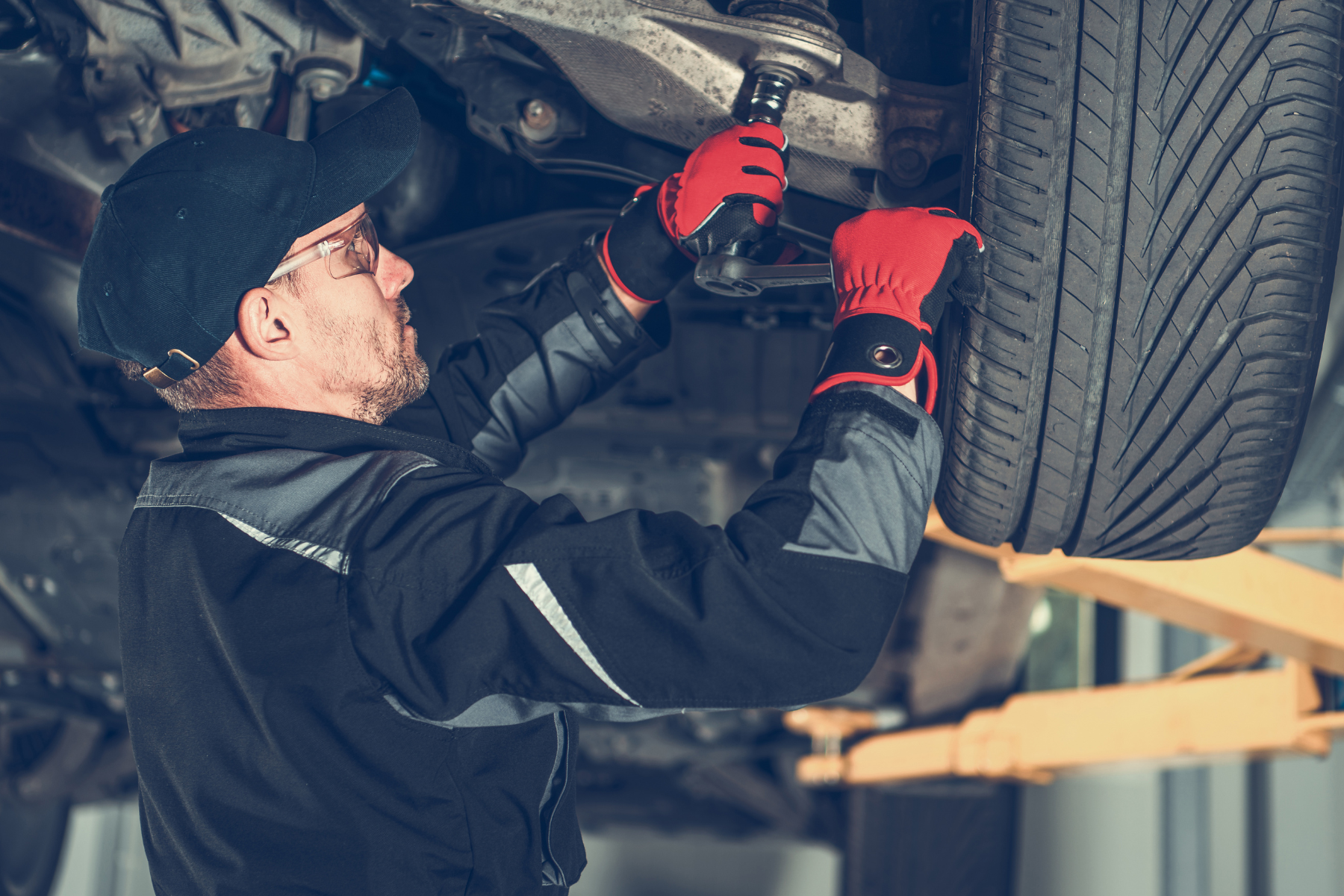Expert Suspension Services at Collision Specialists: Elevate Your Driving Experience
Welcome to Collision Specialists, your premier destination for superior suspension repair and upgrade services. Located in the heart of our community, we are dedicated to ensuring your vehicle delivers the smoothest, most stable ride possible. Our team of certified technicians specializes in a comprehensive range of suspension services designed to enhance vehicle performance, safety, and comfort.
Why Choose Collision Specialists for Your Suspension Needs?
Comprehensive Diagnostic and Repair Services: At Collision Specialists, we understand the critical role your vehicle’s suspension system plays in your overall driving experience. Utilizing state-of-the-art diagnostic equipment, our experts meticulously assess your suspension system, identifying any issues that may be affecting your ride quality. From routine maintenance to complex repairs, we offer customized solutions for all makes and models, ensuring your vehicle handles perfectly on every road.
Tailored Suspension Upgrades: Elevate your vehicle’s performance with our bespoke suspension upgrade services. Whether you’re looking to improve ride comfort, enhance handling, or increase stability, our specialists work closely with you to select and install the highest quality components. Explore our wide range of options, including high-performance shock absorbers, coil springs, sway bars, and cutting-edge air suspension systems, all designed to take your driving experience to the next level.
Local Experts You Can Trust: Proudly serving our community, Collision Specialists combines local expertise with world-class service. Our commitment to excellence and customer satisfaction has made us the go-to choice for suspension services. Experience the difference with our friendly, knowledgeable team who are always ready to go the extra mile for you and your vehicle.
Our Suspension Services Include:
- Suspension System Diagnostics and Repairs: From worn shock absorbers to damaged springs, our team efficiently diagnoses and resolves any suspension issues, restoring your vehicle’s functionality and safety.
- Performance Suspension Upgrades: Customize your ride with our selection of top-tier suspension upgrades, designed to enhance your vehicle’s handling, stability, and aesthetics.
- Wheel Alignment: Ensure optimal performance and tire longevity with our precision wheel alignment services, crucial for maintaining your vehicle’s stability and handling.
- Routine Maintenance: Regular inspections and maintenance are key to extending the life of your suspension system. Trust us to keep your vehicle in top condition, ensuring a smooth ride and peace of mind.
Why Wait? Schedule Your Appointment Today!
 Don’t let suspension problems compromise your driving experience. Contact Collision Specialists today to schedule your service appointment. With competitive rates, convenient scheduling, and a commitment to unparalleled service quality, we’re here to ensure your vehicle performs at its best. Visit us at our local facility or call us to learn more about how we can enhance your vehicle’s suspension system.
Don’t let suspension problems compromise your driving experience. Contact Collision Specialists today to schedule your service appointment. With competitive rates, convenient scheduling, and a commitment to unparalleled service quality, we’re here to ensure your vehicle performs at its best. Visit us at our local facility or call us to learn more about how we can enhance your vehicle’s suspension system.
Your Smooth Ride Begins with Collision Specialists.
At Collision Repair Specialist, we understand the critical role your vehicle’s suspension system plays in ensuring a smooth and safe ride. Our expert team is dedicated to providing top-notch suspension services to keep your car performing at its best.
About Collision Repair Specialist
 With years of experience in the auto repair industry, Collision Repair Specialist is your go-to source for reliable and efficient suspension services. Our certified technicians use the latest tools and techniques to diagnose and repair any suspension issues, ensuring your vehicle handles perfectly on every road.
With years of experience in the auto repair industry, Collision Repair Specialist is your go-to source for reliable and efficient suspension services. Our certified technicians use the latest tools and techniques to diagnose and repair any suspension issues, ensuring your vehicle handles perfectly on every road.
Our Suspension Services
From routine maintenance to complex repairs, our comprehensive suspension services are designed to address all your needs. We specialize in:
- Shock absorber and strut replacement
- Suspension inspection and maintenance
- Wheel alignment and balancing
- And more…
Pricing and Financing Options
We believe in transparent pricing and offer competitive rates for all our suspension services. Financing options are available to ensure you can get the repairs you need without breaking the bank. Contact us for a free estimate.
Why Choose Us?
At Collision Repair Specialist, we’re committed to excellence. Our team is not only skilled in all aspects of suspension services but also dedicated to providing outstanding customer service. We offer a warranty on all our work, ensuring your peace of mind.
Free Estimates and Same-Day Responses
Understanding the urgency of suspension issues, we offer free estimates and strive to respond to all inquiries on the same day. Our goal is to get you back on the road safely and as quickly as possible.
Our Portfolio
Over the years, we’ve worked on a wide range of vehicles, providing high-quality suspension services that stand the test of time. Check out our portfolio to see the difference our expertise makes.
Customer Reviews
Our customers’ satisfaction speaks volumes about our commitment to quality and service. Read through our positive reviews to see why we’re the preferred choice for suspension services in the area.
Visit Us
Located conveniently in St. Joseph Mo, Collision Repair Specialist is easily accessible for all your suspension service needs. Visit our website for directions: https://maps.app.goo.gl/bpPgkN24rY7tnhcG9.
FAQs
Have questions about our suspension services? Check out our FAQ section for more information on what to expect when you choose Collision Repair Specialist for your vehicle’s suspension needs.
Learn More
For more information about our suspension services and to schedule an appointment, visit our website or contact us directly. Our team is here to ensure your vehicle is in top condition.

